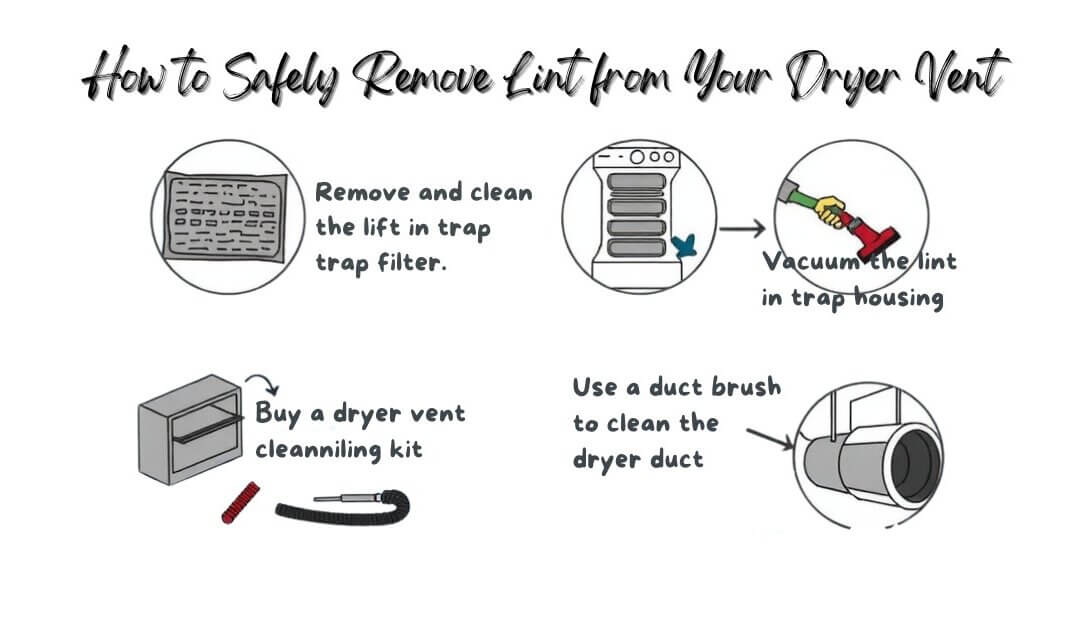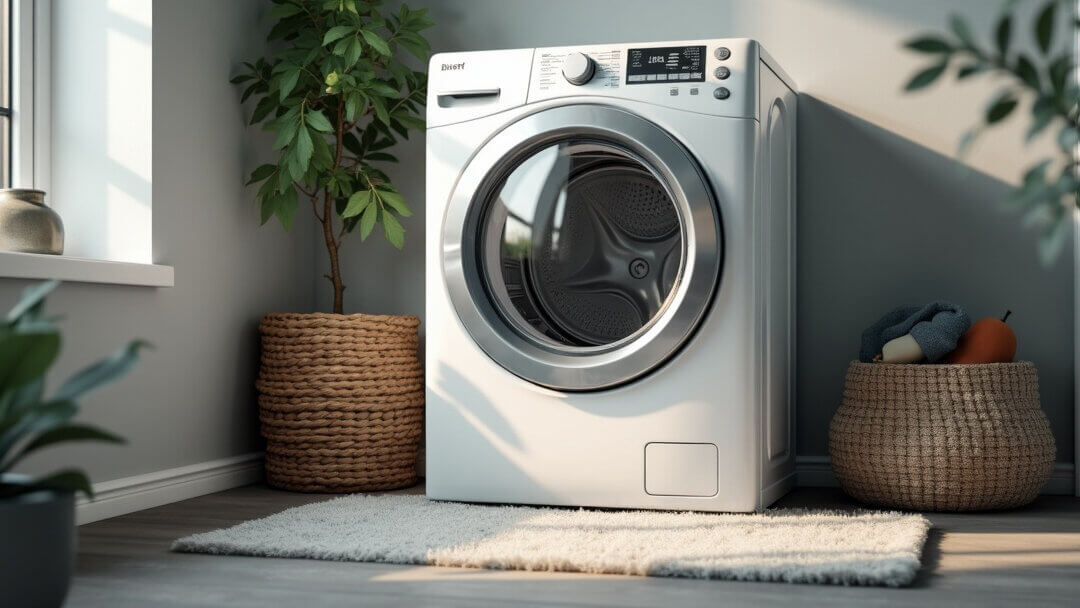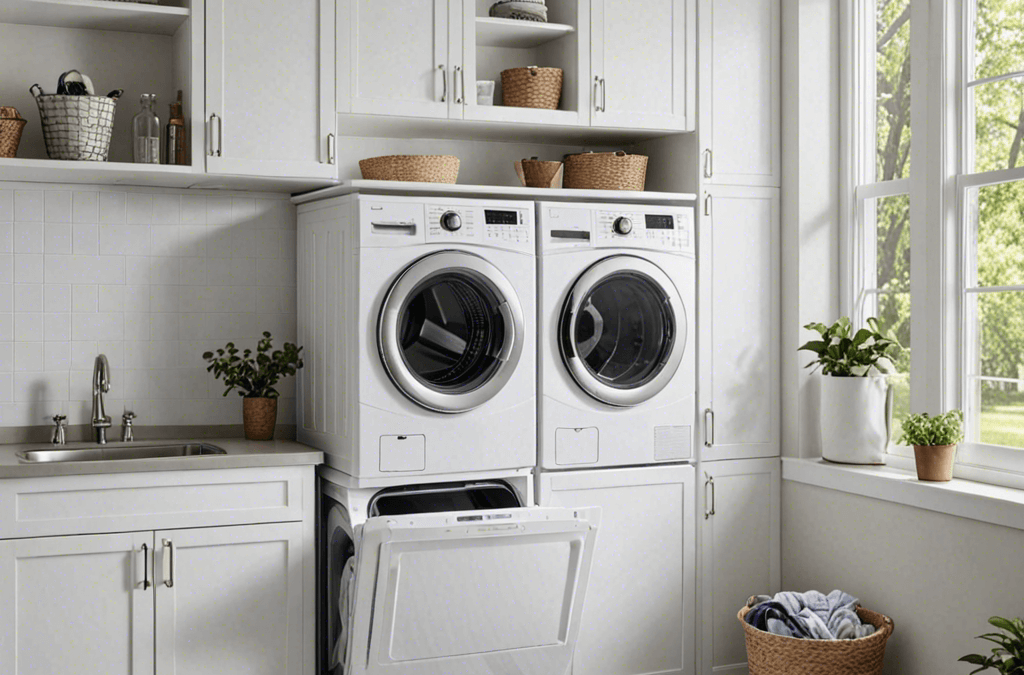
How to Safely Remove Lint from Your Dryer Vent
Table of Contents
- Why Cleaning Matters
- Signs You Need to Clean Your Dryer Vent
- Step-by-Step: How to Remove Lint Safely
- Pro Tips for Ongoing Maintenance
- When to Call a Professional
- Conclusion
How to Safely Remove Lint from Your Dryer Vent
Keeping your dryer vent free from lint is very important for safety and for saving energy. Lint can build up and block the airflow in your dryer. If it becomes too hot, it can lead to a fire. Learning how to remove lint from dryer vent safely is a key part of any dryer maintenance guide. When your dryer vent is clean, your clothes dry faster, and you use less electricity. This post will explain simple dryer vent cleaning tips so you can prevent dryer fires and keep your home safe.
Signs You Need to Clean Your Dryer Vent
- Longer Drying Times: If clothes take too long to dry, your vent might be clogged.
- Hot Laundry Room: If the room feels warmer than normal, lint may be blocking the vent.
- Strange Smells: A burning smell is a serious warning sign. Turn off the dryer right away and check the vent.
- Lint Around the Dryer: If you notice lint on the floor or walls, it’s time to clean.
Step-by-Step: How to Remove Lint Safely
- Turn Off the Dryer: Make sure to unplug your dryer. If you have a gas dryer, turn off the gas supply.
- Find the Vent Hose: Pull the dryer away from the wall and locate the vent hose. Use a screwdriver to loosen the clamp.
- Vacuum and Brush: With the hose removed, use a vacuum or a DIY dryer vent cleaning brush to clear out all the lint. Don’t forget to check inside the dryer’s exhaust port.
- Clean the Outside Vent: Go outside and find where the vent exits your home. Remove any cover, then brush or vacuum away all lint there too.
- Put Everything Back: Reattach the vent hose and tighten the clamp. Push the dryer back, plug it in, and turn on the gas if needed.
While caring for appliances at home, you might also enjoy reading about how to fix a refrigerator door that won’t close properly. It’s another useful tip to keep your kitchen running smoothly.
Pro Tips for Ongoing Maintenance
- Clean the Lint Screen: Do this before or after each load of laundry to stop lint from piling up.
- Don’t Overload: Too many clothes in the dryer makes lint build up faster.
- Yearly Check: You can have a professional check your dryer vent once a year, especially if it’s very long or has many bends.
- Keep the Area Clean: Vacuum around and behind your dryer to reduce lint on the floor.
For more ways to look after your home appliances, check out our tips on
freezer maintenance, convection vs traditional ovens, and buying energy-efficient dishwashers to cut costs and save the planet.
When to Call a Professional
Sometimes, safely cleaning your dryer vent can be tricky if the vent is very long or if you keep getting clogs. In that case, it’s a good idea to call an expert. A professional cleaning helps prevent dryer fires and keeps your dryer working like new. If you notice any major problems with your dryer, you can also ask for help from an appliance specialist.
If you need assistance with oven troubles, for instance, dryer repair Ottawa in Ottawa can come to the rescue.
For more helpful appliance tips, check out these articles:
Conclusion
Knowing how to remove lint from dryer vent safely helps you avoid fires, save energy, and keep your clothes looking great. Follow these easy steps for DIY dryer vent cleaning, and your dryer should stay in good shape. If you ever feel unsure, don’t hesitate to call a professional. Keeping your home’s appliances in top condition is simpler than you think, and it pays off in safety and savings.




